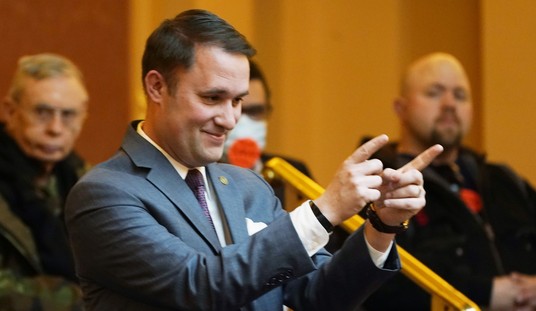Advertisement
Romney appeared confident, enthusiastic, engaged, knowledgeable -- in contrast, Obama appeared disinterested, arrogant and confused about why he had to endure such an event.
His body language appeared to be saying: "Why am I here, wasting my time against this guy? I have better things to do -- I could be on 'The View,' I could be hanging with Beyonce and Jay-Z."
Since then, the Obama campaign has been looking for good news to share with their supporters and appeared, on first blush, to get some last Friday when the latest unemployment figures were released.
"The unemployment rate decreased to 7.8 percent in September, and total nonfarm payroll employment rose by 114,000," noted the U.S. Bureau of Labor Statistics' press release. After months of the unemployment rate hovering over 8 percent, this appeared to be good news indeed.
But, as we all know, appearances can be deceiving.
Let's dig deeper into the numbers, which are based on figures pulled from the Bureau of Labor Statistics website.
The unemployment rate is calculated based on the Civilian Labor Force (those in our total population who are working or are actively looking for work) and the number of actively unemployed (the difference between civilian non-institutionalized labor force and the number of employed people).
It is important to note that the bureau defines unemployed persons as: "All persons who had no employment during the reference week, were available for work, except for temporary illness, and had made specific efforts to find employment some time during the 4 week-period ending with the reference week. Persons who were waiting to be recalled to a job from which they had been laid off need not have been looking for work to be classified as unemployed."
Recommended
Advertisement
If someone is unemployed but has not looked for a job within the last four weeks, he or she would NOT be classified as unemployed, and would therefore not be included in the civilian workforce (which is calculated as the unemployed plus the employed).
Why does this matter? The unemployment rate does NOT divulge what percent of the civilian population is in the labor force. As more people become discouraged and quit looking for work, both the unemployment rate and the civilian labor rate fall. This is what has happened during the last four years.
From 1999 through 2008, an average of 66.4 percent of the nation's civilian population was in the civilian labor force. In 2008, the year that Obama was elected, 66 percent of the civilian population was either working or looking for work.
In September 2012, only 63.6 percent of the civilian labor force was working or looking for work.
In 2008, the civilian, non-institutional population averaged 233.4 million people, of whom 154.3 million were working. This equates to the 66 percent noted above.
In September 2012, 243.7 million people were in the civilian, non-institutional population, 155 million of whom were working.
Since 2008, the pool of potential workers has grown 4.3 percent, while the labor force has grown 0.5 percent.
If the percentage of people participating in the labor force were the same today as it was in 2008 (66 percent), and if the employment figures had remained the same, the unemployment rate would be 11.1 percent.
Advertisement
That rate conveys a more accurate picture of who really needs a job. It's not just those people who have looked for work in the past four weeks, but also those millions of people, an estimated 5.8 million people based on historical rates, who are so discouraged by a lack of opportunity that they have just given up.
While the Obama campaign might be touting better statistics, what we really need is not better statistics. What we need is more economic activity and more job opportunities, so that those who have not looked in the past four weeks would be able to get a job, to be productive and help our economy grow.

























Join the conversation as a VIP Member